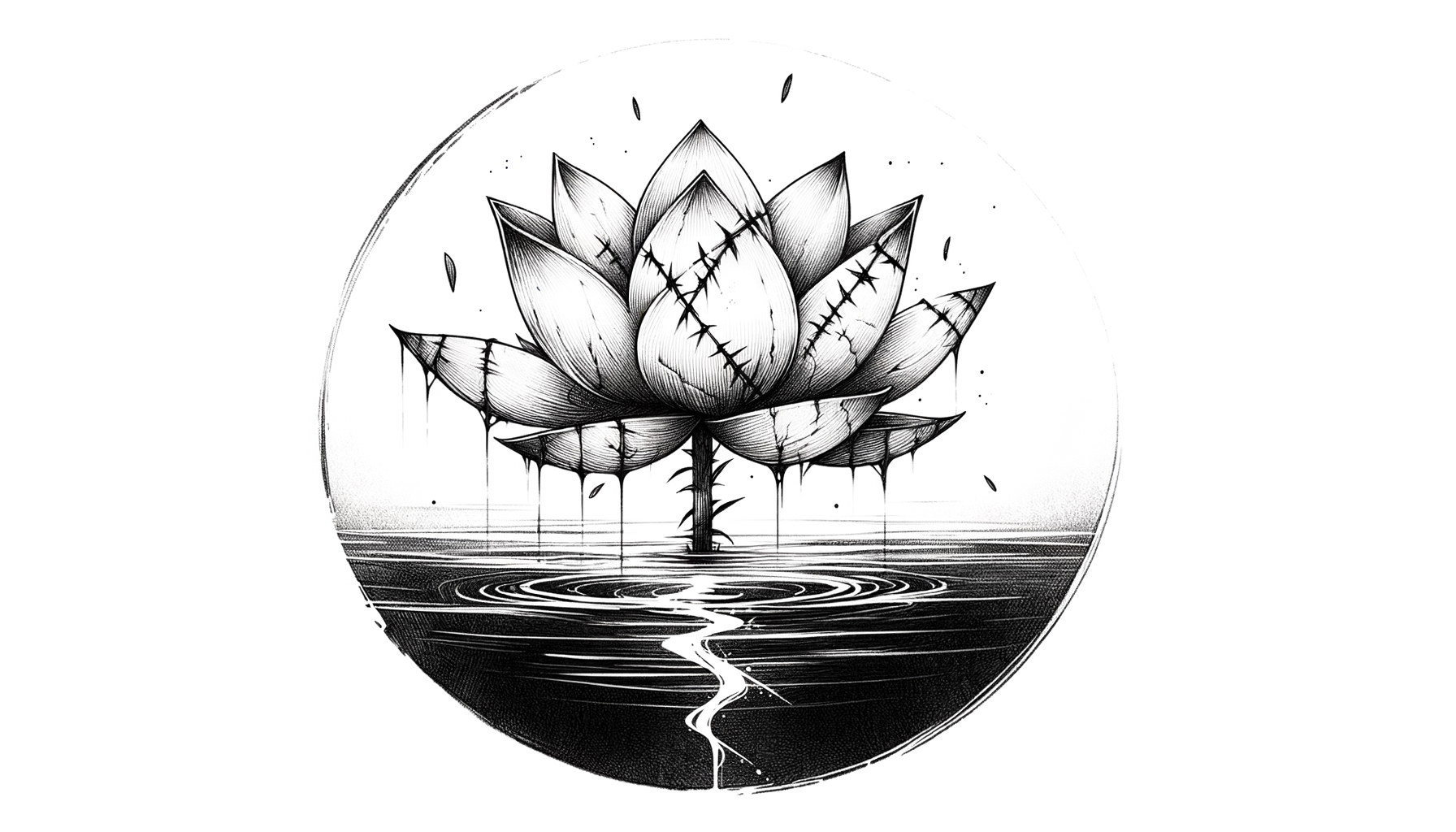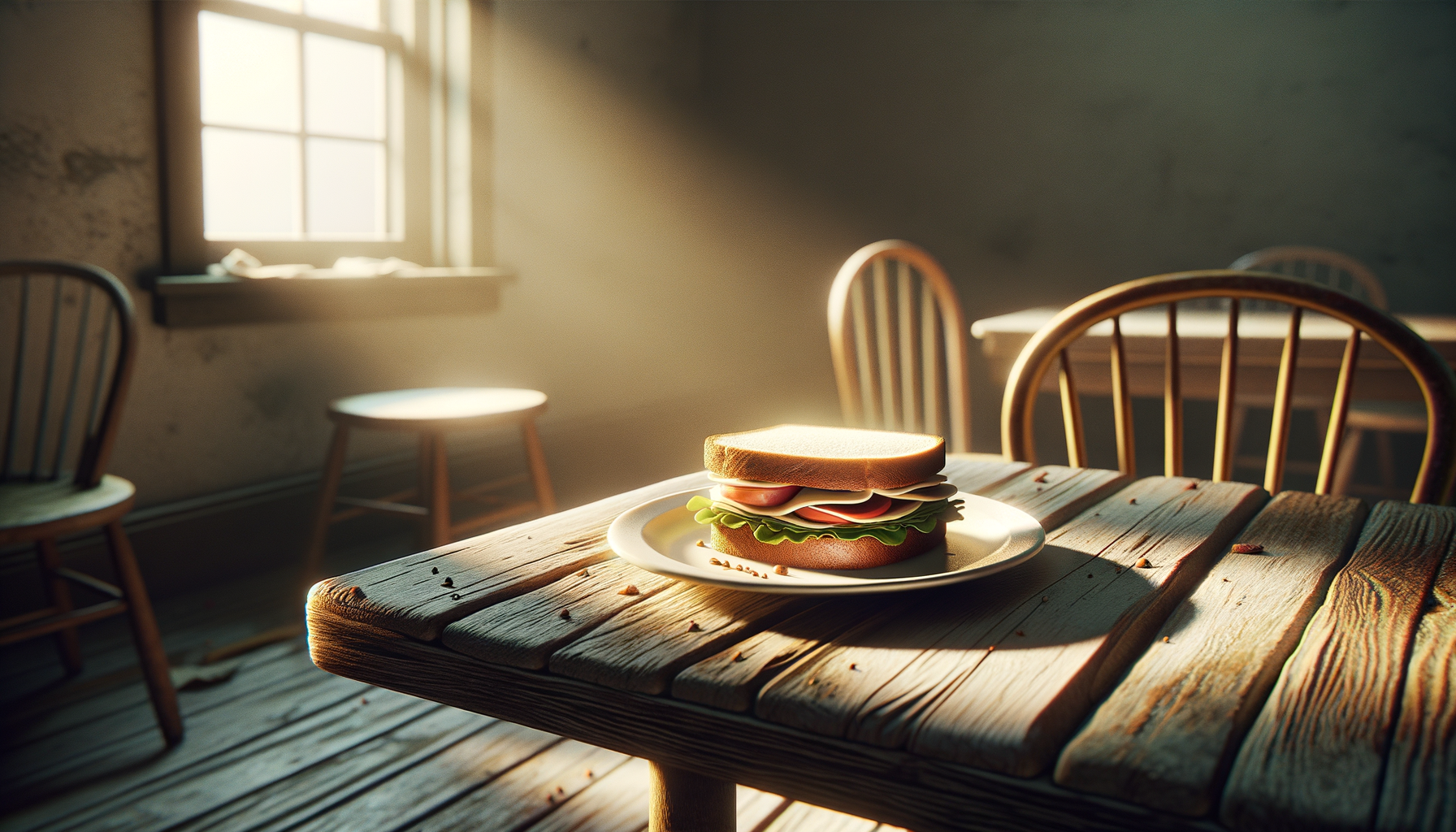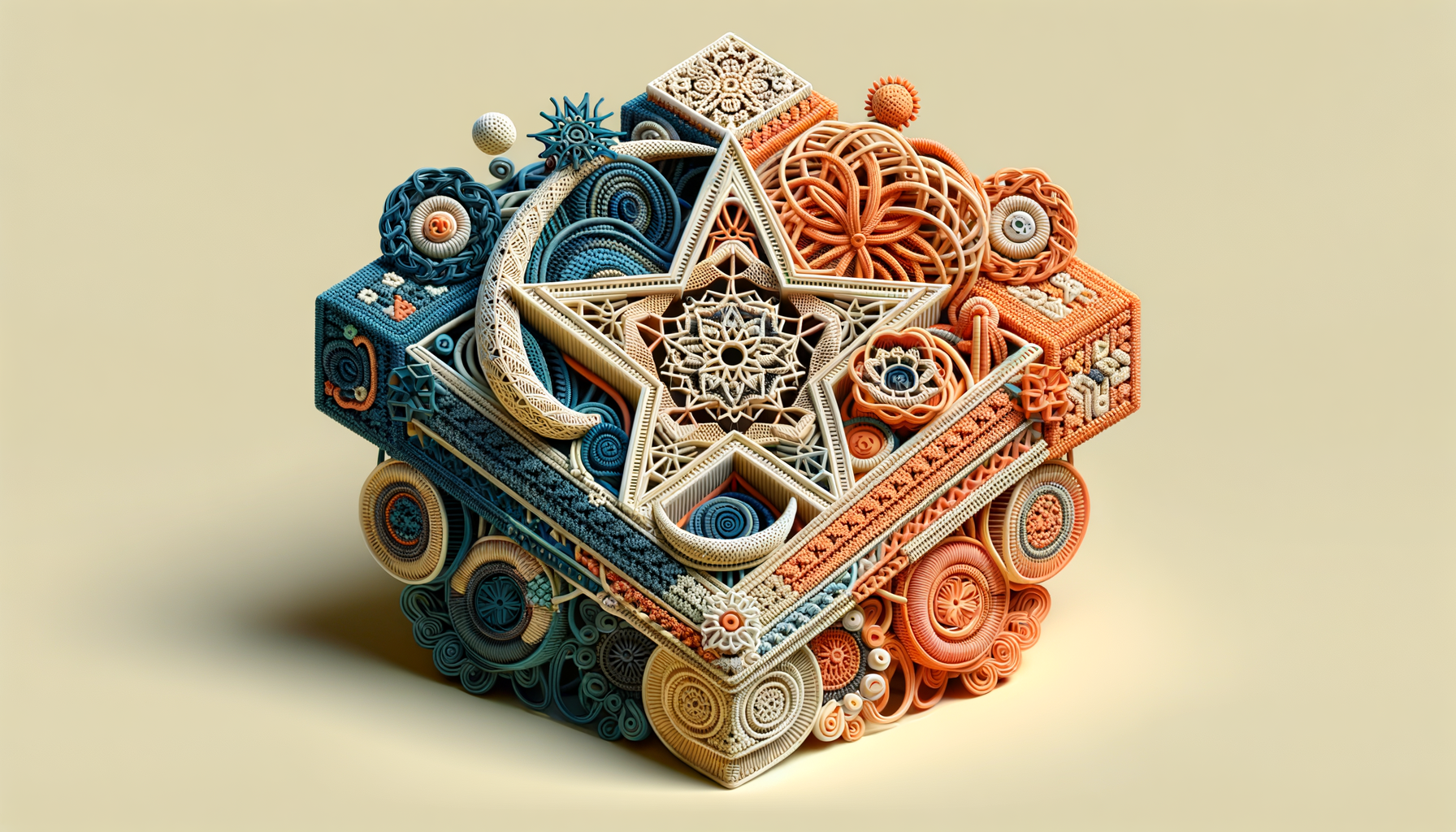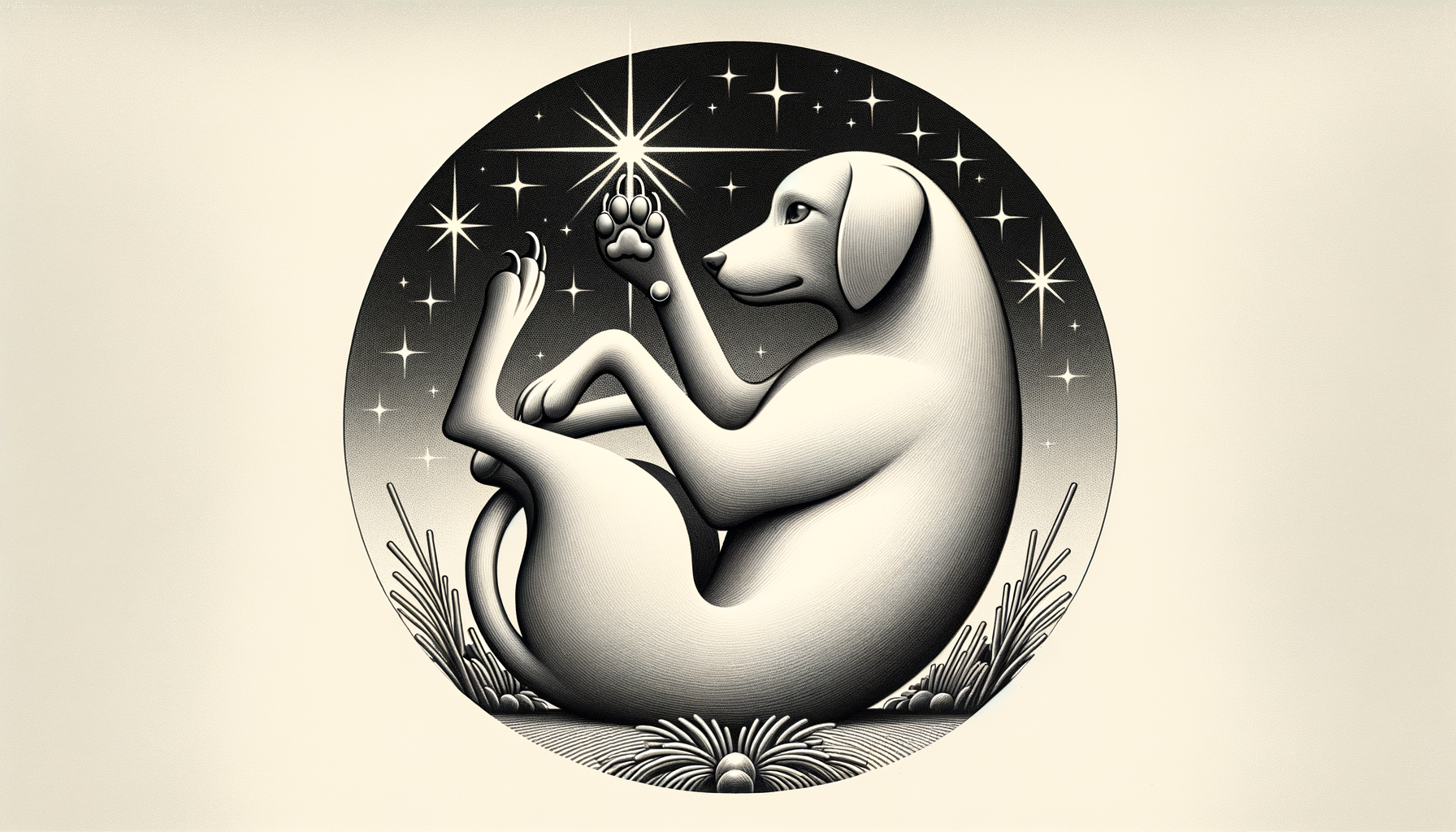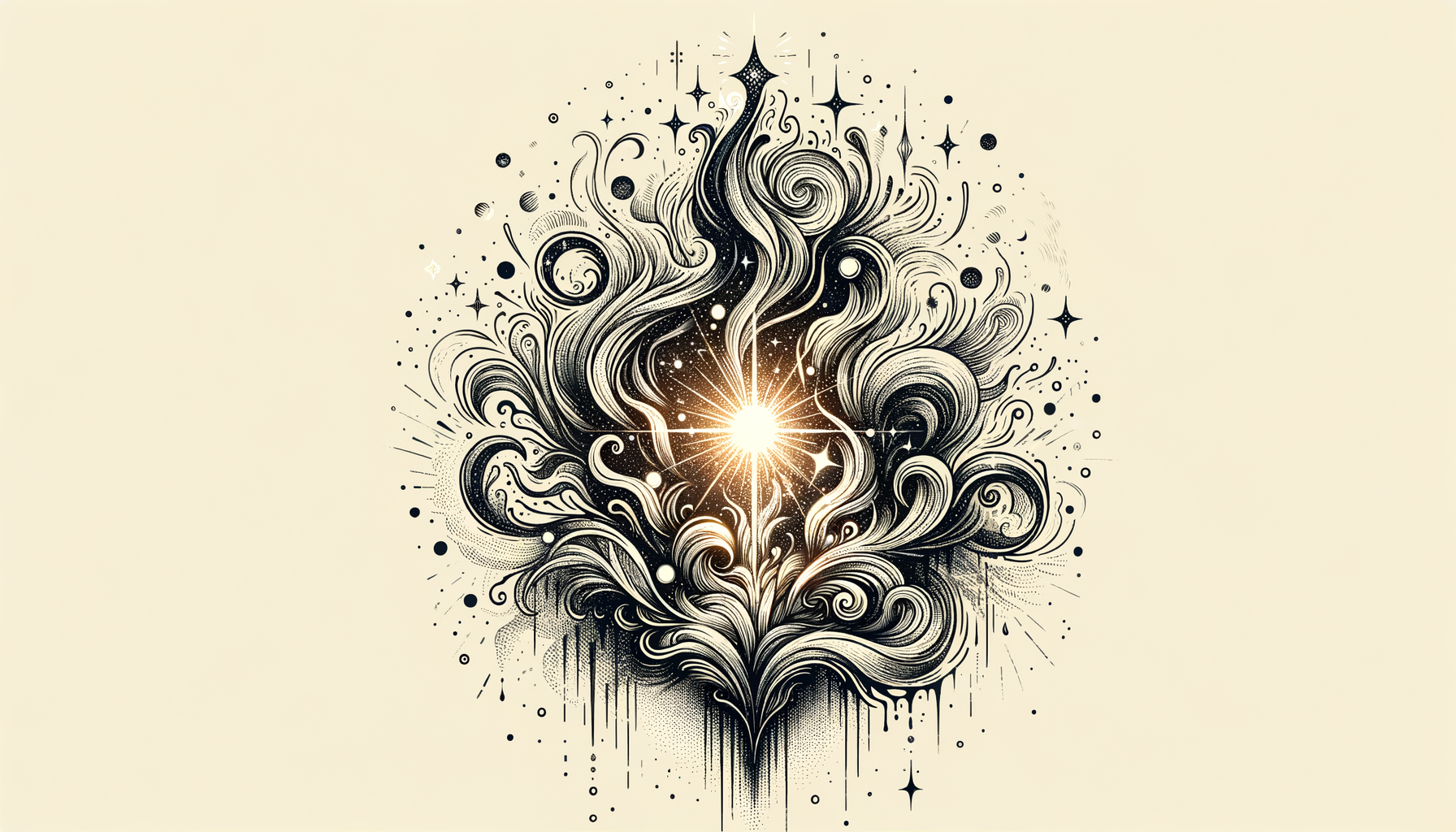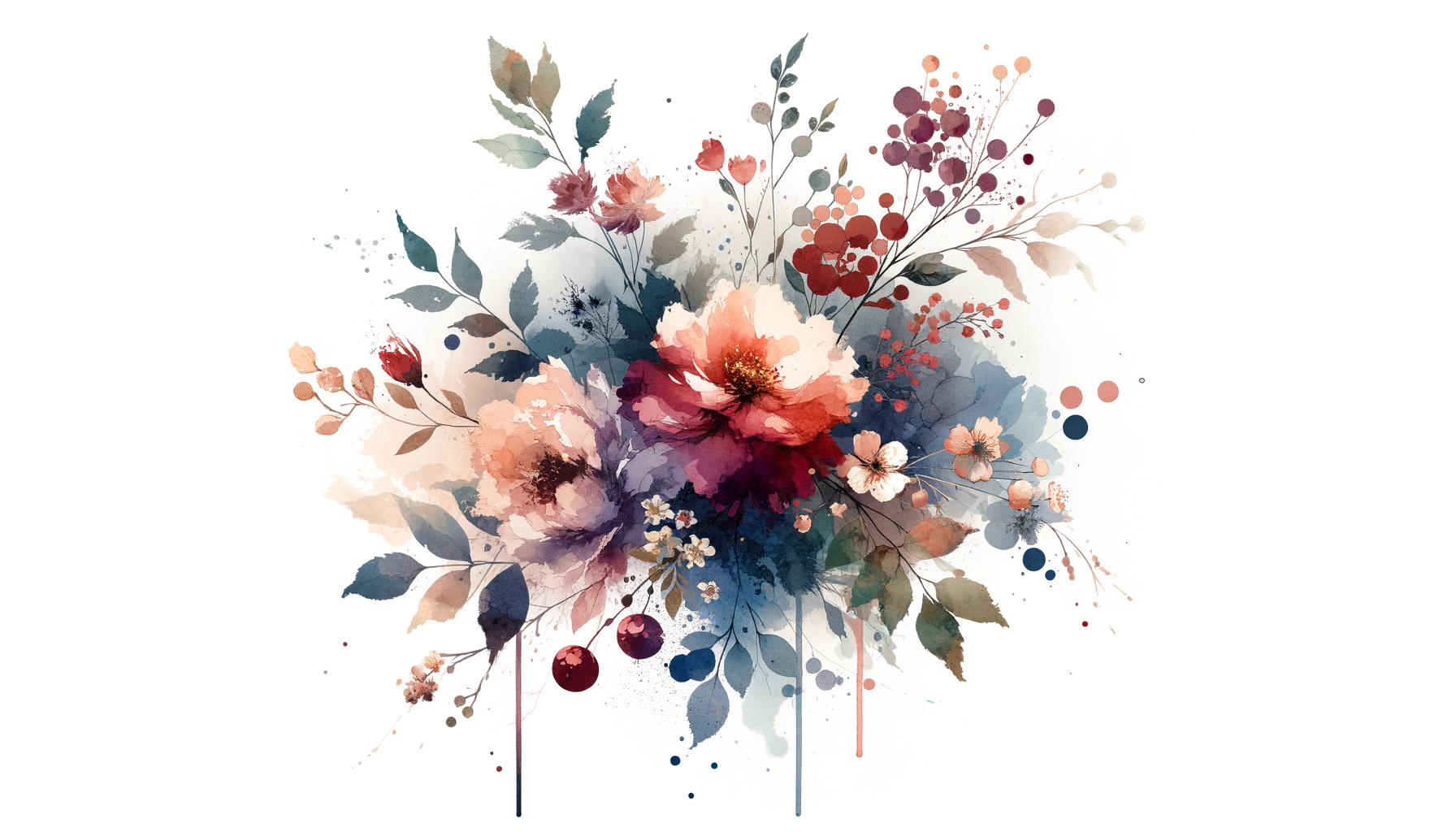Scars are funny things, aren’t they? They’re these tiny, indelible roadmaps of being alive—proof positive that you’ve, at some point, taken a tumble, made a bold decision, or done something wildly ill-advised (all valid life choices, by the way). Some scars are visible—a thin white line on your wrist from that time you thought you could shuck an oyster unassisted, or a patch on your chin that forever whispers, “Remember that rollerblading phase?” Others, you keep tucked away, metaphorical bruises that only you know how to trace.
Whether literal or emotional, scars tell a story. The trick is learning how to let that story carry you forward instead of chaining you to the past. For what it’s worth, every mark offers a chance to meet yourself again—if not with gratitude, then at least with a little curiosity.
Battle Wounds of the Maine Coast: My Origin Story
Let me set the scene for you: a warm July afternoon in Kennebunkport, the kind where the sea breeze tangles your hair and the tide washes over bare feet with an almost parental sense of care. I was ten. Invincible. I made a flying leap off a slippery jetty during a game of ocean tag (a very official sport, naturally). And for one glorious moment, I was a sea sprite, airborne and free.
Then—I crashed. Full-speed into a barnacle-covered rock. I can almost hear my mother sighing, “Salt water will heal it,” as I glanced down at my knee, bloodied and raw but already trying to scab.
That scar is still there. It’s faded now, a pale curve beneath my summer tan, but it hums a quiet reminder every time I glance at it: You can soar, yes, but gravity exists.
Here’s the thing—whether it’s a slice from a clumsy kitchen moment, heartbreak over someone who didn’t text back, or a misstep you took while chasing bold ambitions, scars teach us things. And if you’re willing to pay attention, they can become signposts for self-reflection, resilience, and even creativity.
Let’s Talk Emotional Scars (Because We All Have Them)
If physical scars are badges of honor, emotional scars are the stories we keep tucked into our metaphorical back pockets. Remember that college relationship where your optimism met his indifference? Or the moment you realized a “mutual ghosting” stung far more than you’d admit to your friends over margaritas?
Emotional scars rarely glint like full-on heartbreak. Instead, they’re like fog rolling in over the rocky coast—quiet, chilly, and refusing to budge. But they’re also where the good stuff happens, believe it or not. For scars, visible or not, are evidence of having dared. They’re a testament that you, flesh and feelings, stepped into the arena.
Here’s your chance to reinterpret the wound:
- Process the story. Revisit the why and the how with curiosity. Emotionally journaling (or, in my case, overanalyzing while walking along Ogunquit’s Marginal Way) helps you reframe.
- Find humor in the absurdity. Most of my emotional scars gained levity with time. That one-night crush who serenaded me with a ukulele but couldn’t name a single jazz standard? Hilarious now.
- See it as practice. Every disappointment makes room for a little more clarity and a lot more courage when the next opportunity presents itself. Trust me.
What Scars Teach Us About Connection
Here’s a neat little paradox: Scars make us human, yet our attempts to hide them often put up walls. Pretend for a moment you’re swapping stories with a first date at a seaside café (lobster bisque highly recommended, by the way). What makes that interaction compelling? Sure, partly it’s the way their laugh crinkles their eyes or their very specific opinions on Dunkin’ coffee vs. an indie roast.
But more likely, it’s when the walls come down. Vulnerabilities, after all, are attractive. Not in a pity-points kind of way, but in a “me too” sort of revelation that builds trust brick by brick. If all you’re bringing are surface-level soundbites—your job description, your favorite Spotify playlist, the time you “totally almost met Taylor Swift”—connection doesn’t happen. Scars, however, invite us to unfurl.
The beautiful thing about scars—emotional or otherwise—is their layered storytelling power. Share a story about that one summer camp bee sting with the flair of a standup comic, and suddenly, your “flaw” becomes a point of connection. Leading with vulnerability? That’s where people lean in.
Lessons from the Sea Captain’s House
Growing up in a home that bore its own scars (“character,” as my father called the warped wood floors), I learned early to celebrate them. That house didn’t apologize for uneven shingles or the faint scent of salt that crept into every corner—it knew its value, barnacles and all. And little by little, so did I.
In love and connection, the same rules apply. If you edit yourself down to the gleaming, faultless version you wish you were, who are you inviting people to like? An Instagram-filtered snapshot? Ew. Let them see the cracks in the plaster—let them know you, warts (or at least awkward high school bangs) and all. Those flaws? They’re often your virtues in disguise.
Practical Ways to Reclaim Your Relationship Scars
Look, it’s not easy to waltz through life with open arms and a soft heart. But if you’ve been feeling bogged down by scars—whether it’s a dating misadventure, a breakup, or missteps with a partner—it’s time to shift how you see them. Here’s how:
-
Rewrite the story. Yes, you got ghosted—and it’s a terrible feeling. But maybe it’s also a chance to feel grateful that you dodged a one-sided connection. Time to focus on meeting someone who actively chooses you, text by text.
-
Wear your scars proudly. Whether it’s telling the story of how you once decided to bleach your hair at home or sharing your learnings from a significant breakup, scars often make you relatable.
-
Remember: Healing is nonlinear. It’s okay to still wince when you think about your ex or take an occasional deep breath when you pass the bakery you once adored together. Scars fade, their edges softening in time—but the wisdom sticks.
-
Celebrate your bounce-back. Resilience, like a Maine winter, can be tough as hell—but it’s also a thing of beauty. Whatever chapter you’re in now is proof that you endured, persisted, and kept paddling toward what’s next.
Scars: The Best Souvenirs You Didn’t Ask For
If you leave with one takeaway, let it be this: There are no “perfect” people or love stories—only perfectly imperfect ones. Scars remind us that living boldly is far better than tiptoeing through life shrink-wrapped in bubble wrap. For every tumble, heartbreak, or oyster-shucking misstep, there’s a tale worth telling.
So the next time you glance at that worn patch of skin on your knee or feel a pang over a memory that still stings, try for a wry smile. That scar—literal or metaphorical—is proof of life lived, of daring greatly, of jumping into the ocean current. Maybe not perfectly, but wholeheartedly.
Because, in the end, aren’t the best stories the ones where you took the leap?



